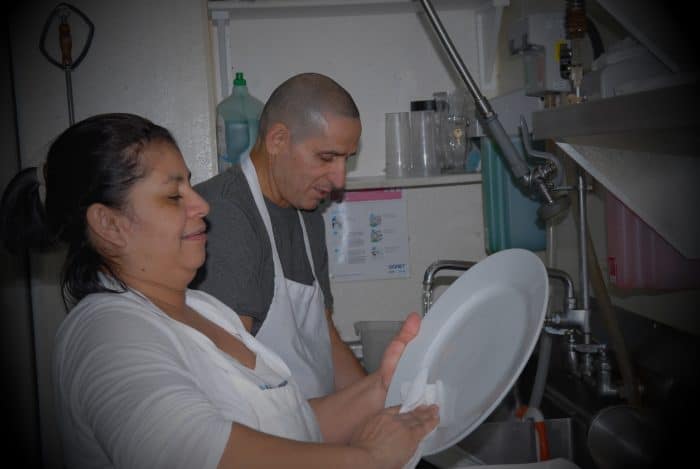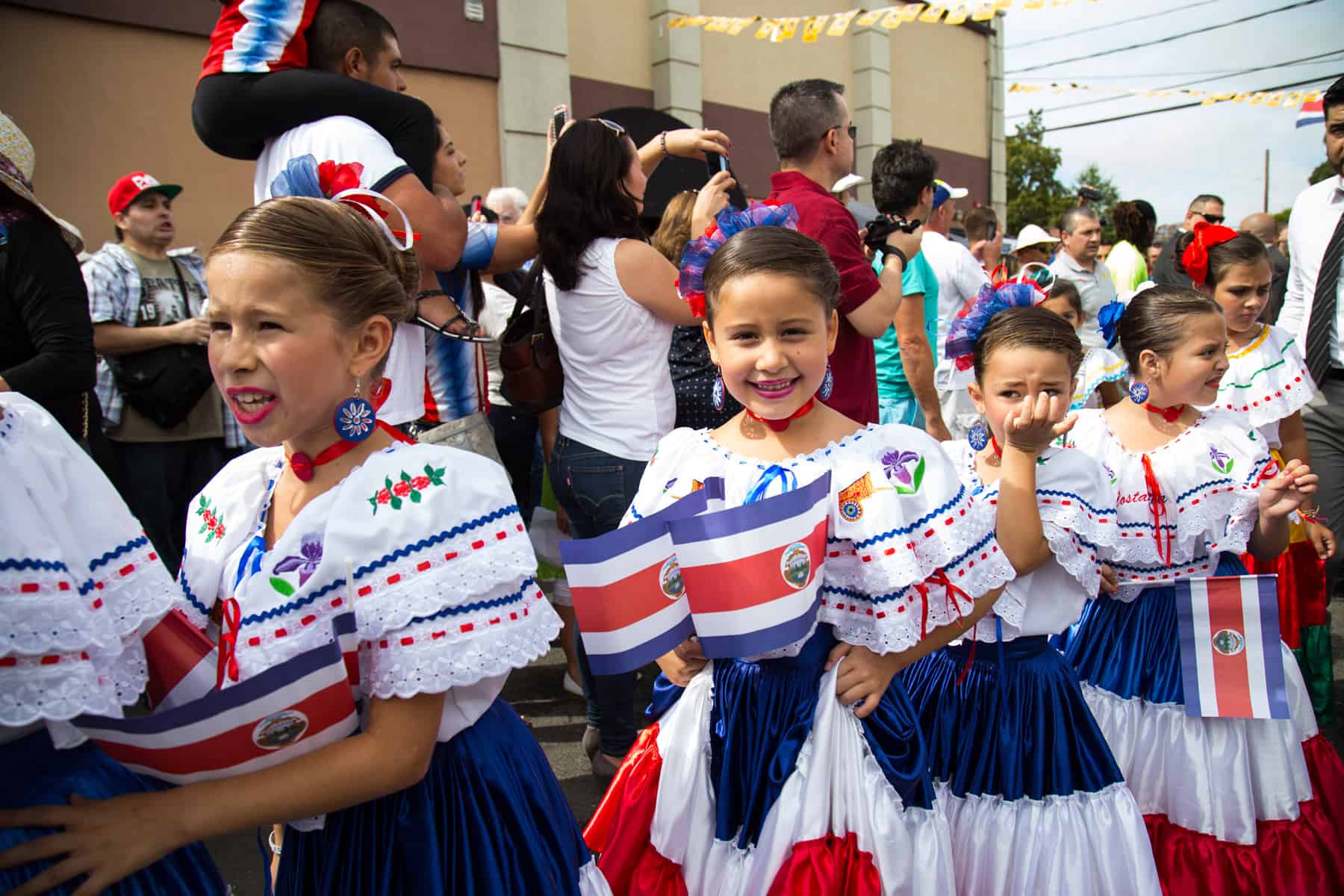BOUND BROOK, New Jersey – Few people know it, but this flood-prone little town on the banks of New Jersey’s Raritan River is the birthplace of the lowly graham cracker – invented in the 1830s by an evangelist named Sylvester Graham to control sexual urges.
It’s also where socialist muckraker Upton Sinclair Jr., who exposed the horrors of the meatpacking industry with his 1906 novel “The Jungle,” died in 1968.
But Bound Brook has a third claim to fame: In recent years, it’s become the epicenter of Tico migration to the United States.
According to the 2010 U.S. Census, the borough – a five-minute drive from Rutgers University and 45 minutes west of the Holland Tunnel – is now home to 1,229 Costa Ricans. That puts it behind only New York and Los Angeles, and in a virtual dead heat with much larger Trenton and Paterson, New Jersey, in terms of absolute numbers of Costa Ricans.
Twelve out of every 100 residents of Bound Brook are Costa Rican, the highest concentration of any town in the country. In fact, of the 25 U.S. communities with the highest ratios of Costa Ricans relative to their total population, 19 are in New Jersey, including the top six: Bound Brook, Finderne, Manville, Somerville, Summit and Raritan.
“Personally, I love it here. Es muy tranquilo,” said 59-year-old Judith Hidalgo, a mother of five who came to Bound Brook 15 years ago from her native Grecia, a Central Valley coffee town 46 kilometers northwest of Costa Rica’s capital. “I sleep with the doors open. To me, this is a paradise.”
Like Hidalgo, most of Bound Brook’s Ticos hail from Grecia, Sarchí and Pérez Zeledón – all within a few hours of San José.
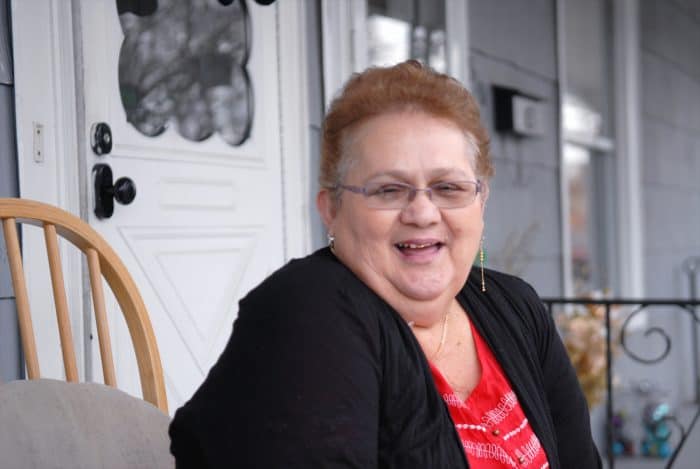
Last year, the town solidified its status as the “ground zero” of Costa Rican identity in the United States with the visit of President Luis Guillermo Solís – a first for Bound Brook, nj.com reported. More than 1,000 people waving Costa Rican flags and clad in the national colors of red, white and blue filled the parking lot of the iconic Imperial Restaurant to greet Solís, and Gov. Chris Christie – a candidate for the 2016 Republican presidential nomination – proclaimed Sept. 15 “Costa Rican Independence Day in New Jersey.”
The last time so many Ticos had crowded the streets of Bound Brook was during the 2014 FIFA World Cup, when the country’s national football team, La Sele, defeated Greece 5-3, advancing Costa Rica to the quarterfinals for the first time ever.

Costa Rica’s consul-general in New York, Ana Villalobos, said she’s not sure why so many of her compatriots settled in the Garden State, and specifically in Bound Brook. (At last count, the “Ticos en New Jersey” Facebook page had 2,083 members.)
“I’ve been trying to figure it out,” she told the nj.com last year. “It’s not like there’s a lot of jobs there. I guess a group of people came there, the people of Bound Brook were friendly to them, and they told their friends.”
As of 2010, the United States was home to 79,000 Costa Ricans, though Román Macaya, Costa Rica’s ambassador in Washington, puts the number at 126,000.
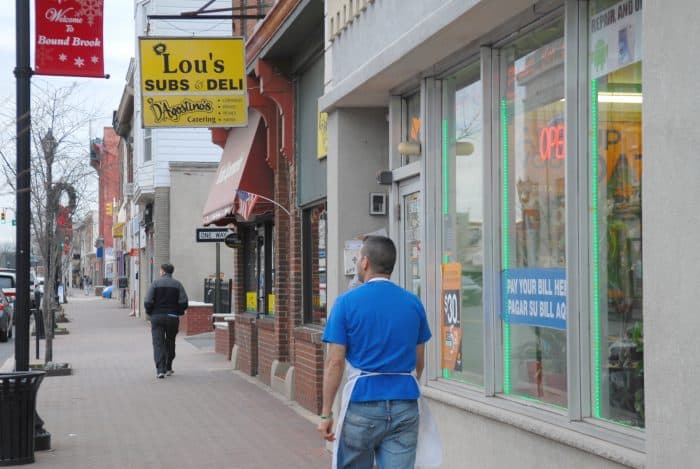
Among the countries of Central America, only Belize has fewer immigrants in this country. Most of the 3.2 million centroamericanos living in the United States are from El Salvador (39.5 percent of the total), Guatemala (28.5 percent) and Honduras (16.9 percent), according to the Migration Policy Institute.
Officially, New Jersey ranks third in total numbers of Costa Ricans (19,993), just behind California (22,469) and Florida (20,761), though the real figures are much higher since many Ticos do not register with the consulate. Collectively, they send an estimated $650 million a year in remittances back to Costa Rica.
“It all comes down to family networks,” said Macaya, who lived in Hackensack, New Jersey, for three years early in his career. “Someone comes by chance and ends up in New Jersey or North Carolina, then those first immigrants send for the rest of the family, and they become the core of a growing network.”
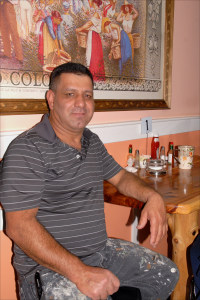
Nearly half the population of Bound Brook – site of a crucial 1777 battle during the Revolutionary War – is today Hispanic, up from 35 percent in 2000, with many Peruvians and Guatemalans patronizing the downtown shops with their bilingual signs fronting Main Street. And at the Salvation Army on nearby Hamilton Street, Spanish-speaking volunteers have been busy sorting donated toys and sending them as Christmas gifts to children in half a dozen Latin American countries including Costa Rica.
“We have an outstanding downtown that is dominated by Latino businesses, and the Costa Ricans have contributed mightily to Bound Brook,” said the borough’s Republican mayor, Bob Fazen, a former U.S. Army colonel. “I’ve become personally involved with many Costa Ricans who were displaced in 1999 during Hurricane Floyd. One family – a father, mother and their baby – lived with us for months, and we ended up getting them an apartment in Bound Brook.”
Along Union Avenue, the Restaurante Puerto Viejo functions as a shrine to Costa Rican culture and cuisine. Near the eatery’s entrance is a typical red-and-white oxcart from Sarchí, while the walls are decorated with – among other artifacts – a burlap Café Britt coffee bag, a banana hook from Puerto Limón, and an enormous framed blowup of Costa Rica’s colorful 5-colón banknote depicting campesinos picking coffee beans.
“When I came here in 1990, there were hardly any Costa Ricans here at all. At the time, I didn’t know English,” said Martín Vargas, whose year-old restaurant offers everything from bistec encebollado and fajitas to varguitas especial and pollo a la plancha. “It took only a few people, but you know how news spreads.”
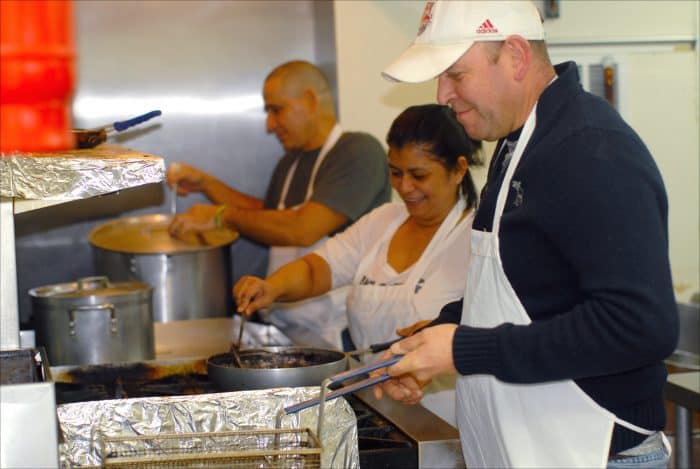
Vargas, 43, said his mother settled in Basking Ridge, New Jersey, back in 1984, and got a job as a cleaning woman. Six years later she sent for him and his older sister, María. Today, his restaurant employs five people and caters mainly to other local Ticos – most of whom work as painters, masons and electricians.
“A lot of Americans own landscaping and construction businesses, and they love Costa Ricans because they learn English quickly and work really fast,” said Vargas. “Also, the money here is better than in Costa Rica. Over there, you make $100 a week, and here, $150 a day.”
Even so, the businessman suspects that most of his Tico friends and customers don’t want to spend the rest of their lives in New Jersey.
“Maybe 20 percent would like to stay here and the other 80 percent want to save their money and eventually go back,” he said. “With $100,000, you can retire in Costa Rica and live the good life there.”
